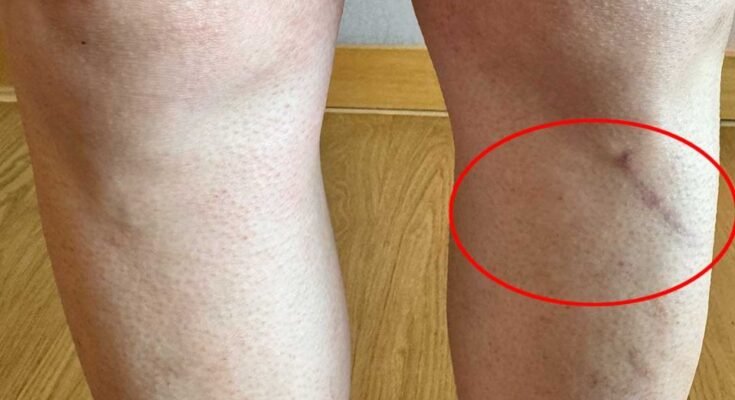|
Understanding the Nature of Scars
Scars are a natural part of the body’s healing process after the skin has been damaged. When the dermis, the second layer of skin, is damaged, the body forms new collagen fibers to mend the damage, resulting in a scar. Scars can vary in appearance based on factors like the depth and size of the wound, the location of the injury, age, genetics, and skin type. While scars are permanent, they often fade over time.
Causes of Persistent Scarring
Persistent scarring can be caused by several factors, including the severity of the initial injury, infection during the healing process, repeated trauma to the area, or genetic predisposition to keloid or hypertrophic scarring. Additionally, improper wound care, such as not keeping the wound clean or not using appropriate dressings, can exacerbate scarring.
Advertisement
Medical Treatments for Scar Reduction
Medical treatments for scar reduction include laser therapy, which can improve the color and texture of scars, and corticosteroid injections, which can reduce inflammation and flatten raised scars. Other options include surgical revision, dermabrasion, and microneedling, which can help improve the appearance of scars by promoting collagen production.
Over-the-Counter Solutions for Scar Healing
There are various over-the-counter products designed to reduce the appearance of scars, such as silicone gel sheets and creams, which hydrate the scar tissue and help it blend with the surrounding skin. Topical treatments containing ingredients like onion extract, vitamin E, and retinoids are also popular for their potential to improve scar texture and color.
Natural Remedies and Home Treatments
Natural remedies for scar healing include applying aloe vera gel, which has soothing and healing properties, and using honey, which is known for its antibacterial and moisturizing effects. Essential oils like lavender and tea tree oil may also promote healing and reduce scar visibility when used with a carrier oil.
The Role of Diet and Nutrition in Skin Healing
A balanced diet rich in vitamins and minerals can support skin healing and reduce scarring. Nutrients like vitamin C, zinc, and protein are essential for collagen production and tissue repair. Omega-3 fatty acids and antioxidants found in fruits and vegetables can also help reduce inflammation and promote healthy skin.
Preventive Measures for Future Scars
To prevent future scars, it’s important to treat wounds promptly by cleaning them thoroughly and applying an appropriate dressing. Keeping the wound moist with ointments can aid in healing and reduce scarring. Protecting healing skin from sun exposure by using sunscreen can also prevent scars from becoming more noticeable.
When to Consult a Dermatologist
If a scar is causing pain, discomfort, or emotional distress, or if it shows signs of infection, it’s advisable to consult a dermatologist. A professional can assess the scar and recommend appropriate treatments. Additionally, if over-the-counter or home remedies are ineffective, a dermatologist can provide advanced treatment options.
Psychological Impact of Scarring and Coping Strategies
Scarring can have a significant psychological impact, affecting self-esteem and body image. Coping strategies include seeking support from friends and family, joining support groups, and possibly consulting a mental health professional. Embracing scars as part of one’s unique story can also help in accepting and coping with their presence.
Frequently Asked Questions About Scar Treatment
Common questions about scar treatment include inquiries about the effectiveness of various treatments, the expected timeline for seeing results, and whether scars can be completely removed. It’s important to set realistic expectations and understand that while scars can be improved, they may not disappear entirely.
|
Got a huge scar from a cut on my legs and it won’t go away. What can I do to get my skin back to normal?




